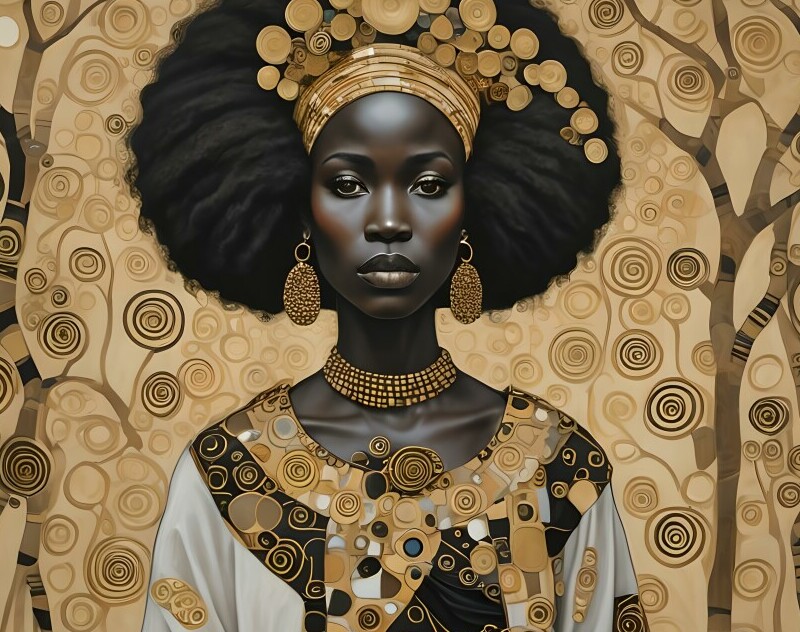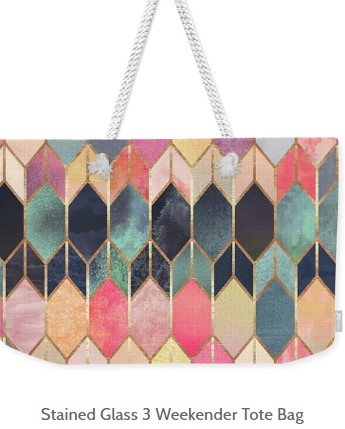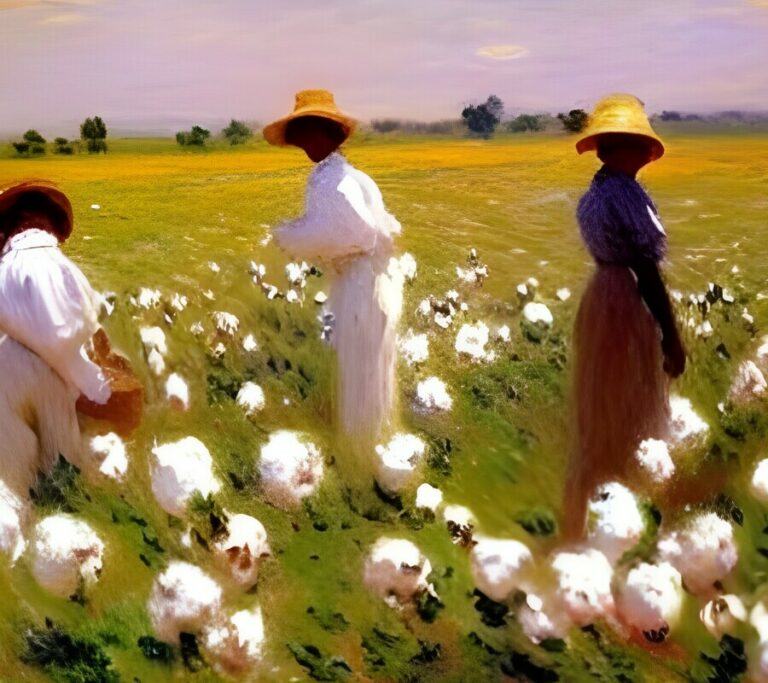Are Limited Edition Giclee Prints Worth Anything
I’m going to let you in on a secret that art collectors have known for years: limited edition giclee prints hold a special place in the world of art. You’re going to find out about the nuanced appeal these prints offer and why they’ve captured the fascination of collectors and art enthusiasts alike.
This isn’t just about reproductions of original works; it’s also about a combination of advanced technology and meticulous craftsmanship that makes each print a work of art in its own right. A giclee print, particularly a limited edition, isn’t merely a copy; it’s a showcase of the artist’s vision through a medium that offers remarkable color accuracy and lasting quality.
The role of scarcity in art can’t be underestimated. Limited edition giclee prints are coveted because there’s only a finite number of them available. Unlike open edition prints, these limited versions carry an inherent exclusivity that drives their demand—and potentially, their monetary value.
Understanding the intrinsic value of giclee prints is the first step. Next, I’ll walk through the very essence of what makes Giclee prints museum-quality pieces—A topic that’s going to include the ins and outs of the printing process and how it contributes to making each piece truly exceptional.
Museum Quality: The Essence of Fine Art Reproductions
I’m going to let you in on a little secret about giclee prints: their museum quality is what sets them apart. Now, what do we mean by ‘museum quality’? It’s about more than just creating a print that looks good. It involves a meticulous process that’s akin to an art form in itself. You’re going to find out about the specific techniques and materials that transform a simple reproduction into a piece worthy of being displayed alongside originals in a gallery.
Vibrant colors and detailed imagery are hallmarks of a top-tier giclee print. These aspects are crucial because when it comes to fine art, every hue and brushstroke counts. Put simply, a museum-quality giclee print captures the spirit of the original in a way that lesser reproductions just can’t match. This isn’t just about reproducing art; it’s about preserving the integrity and expression of the original work for art lovers to enjoy in their collections.
But achieving this level of quality isn’t easy. It takes high-quality materials, like archival inks and substrates, combined with state-of-the-art printing technology. And that’s the kind of effort that can make a giclee print a truly valuable asset. Choose something that resonates with you, and it’s not just a purchase; it’s an investment in a piece of art that maintains its quality and significance over time.
In the next section, we’re going to delve into the beauty of limitation and how it plays a crucial role in the value and exclusivity of giclee prints. Because let’s face it, rarity often equates to value in the art world.
The Rarity Factor: Impact of Limitation on Value
Now, let’s talk about the rarity factor and how it dramatically impacts a giclee print’s value. A ‘limited edition‘ isn’t just a fancy term; it’s a promise of exclusivity. When a giclee print is part of a limited series, it means only a set number of copies exist. This scarcity is a key driver in elevating a piece from a mere reproduction to a coveted treasure.
An edition limit infuses each piece with a unique status, as art lovers vie for the privilege of ownership. In some cases, possessing a piece from a limited edition series can be as close as a collector comes to acquiring an ‘original’ work, especially when the print quality is exceptional. This is why limited editions often command higher prices and hold their value over time.
If you’re considering a giclee print purchase, look for details verifying the edition size. Trustworthy artists and sellers should provide documentation confirming the total number of prints made. Commonly, this information is mentioned on a certificate of authenticity, which can serve as a vital tool in validating the limited nature of the print.
Always be cautious, though. It’s a good idea to do some research or speak directly with the artist or gallery to ensure the edition is truly limited. In the world of art, proof is paramount—don’t shy away from asking for it. This due diligence is what separates savvy collectors from uninformed enthusiasts.
Hand-Signed Giclee Prints: Autographs that Elevate Worth
I’m going to wrap up our discussion by focusing on a feature that significantly amplifies the collectibility and value of limited edition giclee prints: the artist’s signature. Not every print gets this honor, and that’s precisely what can take a beautiful reproduction and elevate it into the echelons of valuable collectibles.
There’s a certain allure to having a piece of art that the creator has personally touched. It’s not just about the visual appeal; it’s about the connection to the artistic mind behind the piece. When an artist hand-signs a print, it becomes more than a mere copy; it becomes a piece of the artist’s legacy that you can own.
You might be surprised at how much this can affect a print’s market value. A signature can mean the difference between a decorative item and a financial investment. That’s going to include looking at factors like the prominence of the artist’s career and the narrative of the artwork. It’s incredibly rewarding to see a piece you’ve invested in becoming more valuable as the artist’s reputation blossoms.
Now what is the strategy for collectors when considering hand-signed prints? Choose something that resonates with you, certainly, but also keep an eye on the artist’s trajectory. You’re going to find out about trends in the art world, emerging talents, and seasoned artists whose work is appreciated. A rule of thumb: if you love the art and it’s signed by someone whose work is gathering momentum, you’re onto something good.
Remember, your first hand-signed giclee print doesn’t need to be your last. Collecting is a journey, and with the right selections, you may find yourself not only surrounded by beautiful artworks but also pieces that herald both personal and monetary value. Just don’t focus too much on perfection. Collecting is about enjoyment and appreciation, and the monetary worth, while important, is just one aspect of the treasure you own.
Benjamin Johnson, Artist




